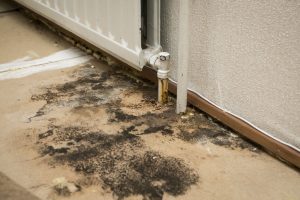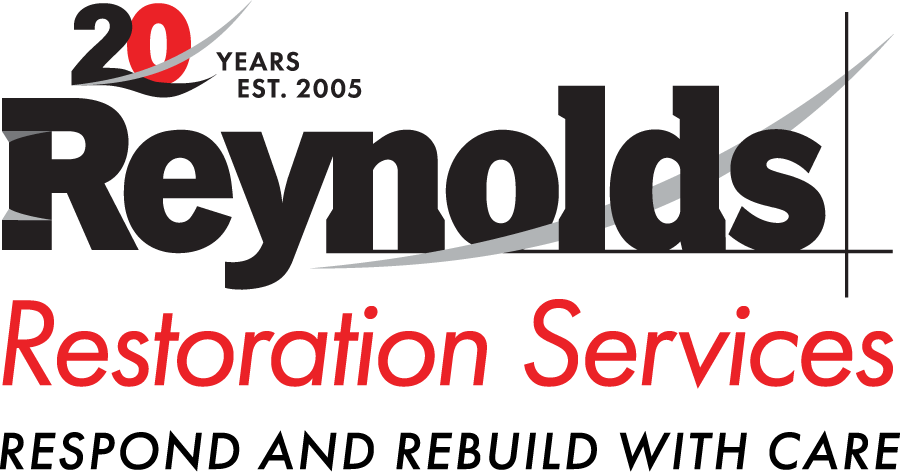
Molds are everywhere and can grow anywhere – indoors and outdoors – year-round. Molds are a form of fungi (like a mushroom) and similarly to mushrooms, they present themselves in many different types, colors, and toxicities. Generally, molds may be found in warm, damp conditions and reproduce rapidly by releasing airborne cells or seeds known as ‘spores’ that continuously search for the right conditions to form new colonies. In order to thrive new mold colonies need a continuous moisture source, proper temperatures, and organic material to feed on like wood, paper, drywall, or soils.
Mold Prevention
According to the United States Environmental Protection Agency (EPA), there is no practical way to entirely eliminate mold and spores in the indoor environment. The key to preventing and eliminating mold growth in the home or building is by controlling moisture and humidity. Contributing factors for mold growth can include leaks in plumbing, foundations or roofs. To avoid condensation in an attic or basement it is important that proper exterior and mechanical insulation is present. High-risk areas of your home or building include: kitchen, bathroom, and laundry facilities. To prevent mold growth in ‘high-risk areas’ control humidity with proper ventilation or exhaust. Air-condition or dehumidify the space as necessary. Indoor humidity should remain constant between 30-60%, as recommended by the EPA.
Learn About Our Mold Removal Services
Mold Mitigation
Mold is very common following a major leak or flooding event. If this occurs you must clean and dry any damp or wet building materials and furnishings within 24-48 hours to prevent mold growth. If water damage is substantial, seek a local restoration contractor to provide professional drying services. In the event colorful or dark staining is present or you smell a ‘musty’ odor, it is likely that mold is present. While there are many types of molds and their levels of toxicity are debated, mold needs to be removed. If the area of contamination is larger than 10 square feet or a musty odor exists, contact a professional for removal. Proper mitigation will include:
- Drying any wet or damp materials and furnishings
- Cleaning mold off non-porous surfaces with a disinfecting solution
- Controls to protect occupants such as containment barricades and air scrubbers in affected areas
- Replacement of building materials like carpets, ceiling tiles, drywall, and wood, which may have become contaminated
- HEPA vacuuming for removal of fungal particles
Moldy Tips
- In areas exposed to moisture and humidity (water fountains, classroom sinks, bathrooms, kitchens/break rooms) do not install carpeting
- Baseboards and drywall around vinyl floors that are mopped regularly should be checked for mold growth
- Monitor areas for relative humidity, condensation, and temperatures that lead to mold growth
Be on the lookout for more Restoration insight every month.

President of Reynolds Restoration Services. Over 20 years of experience in the emergency restoration industry.

